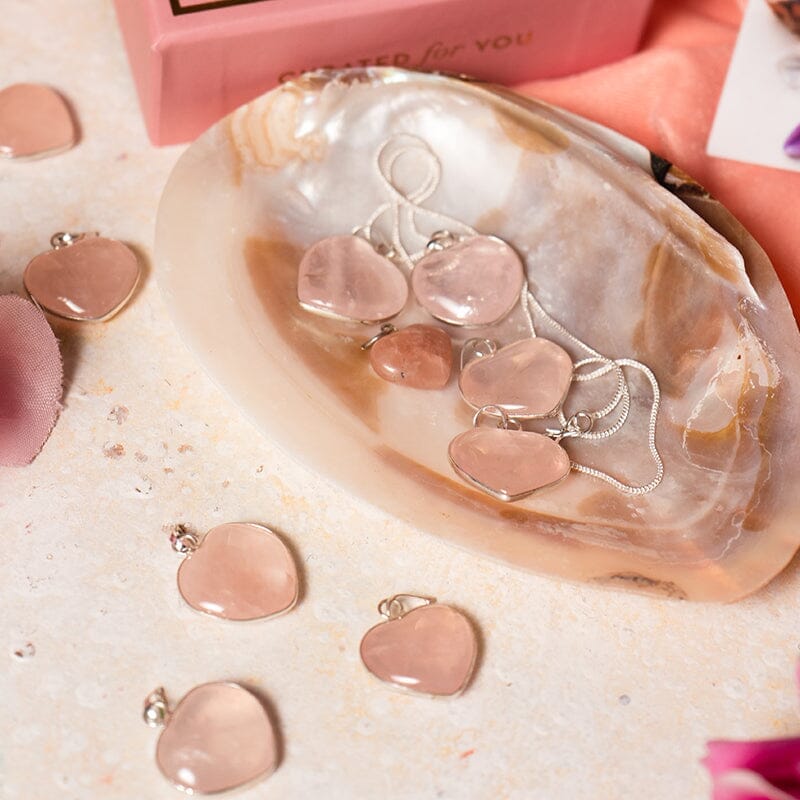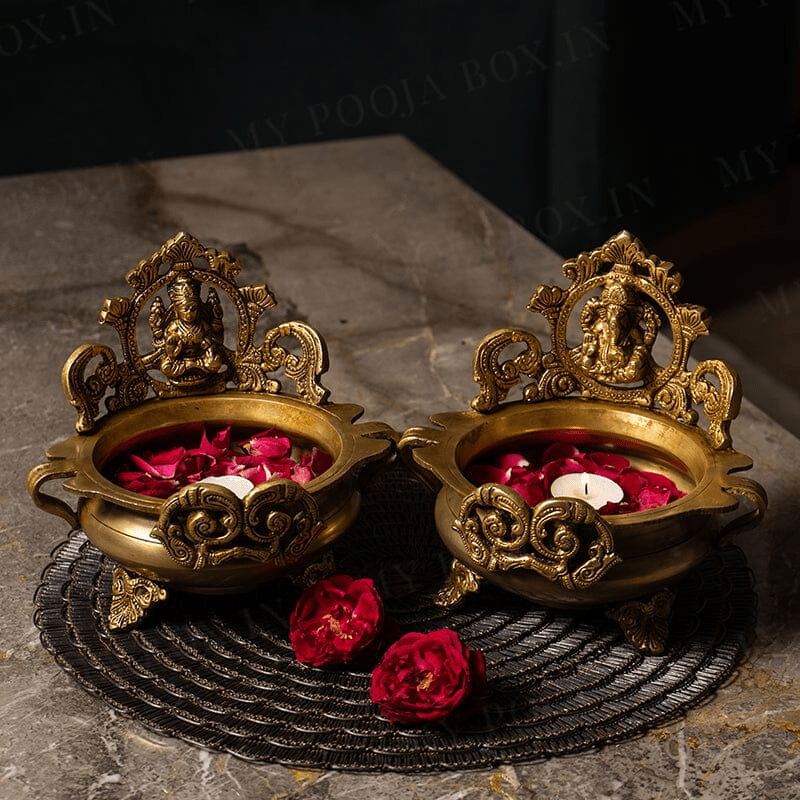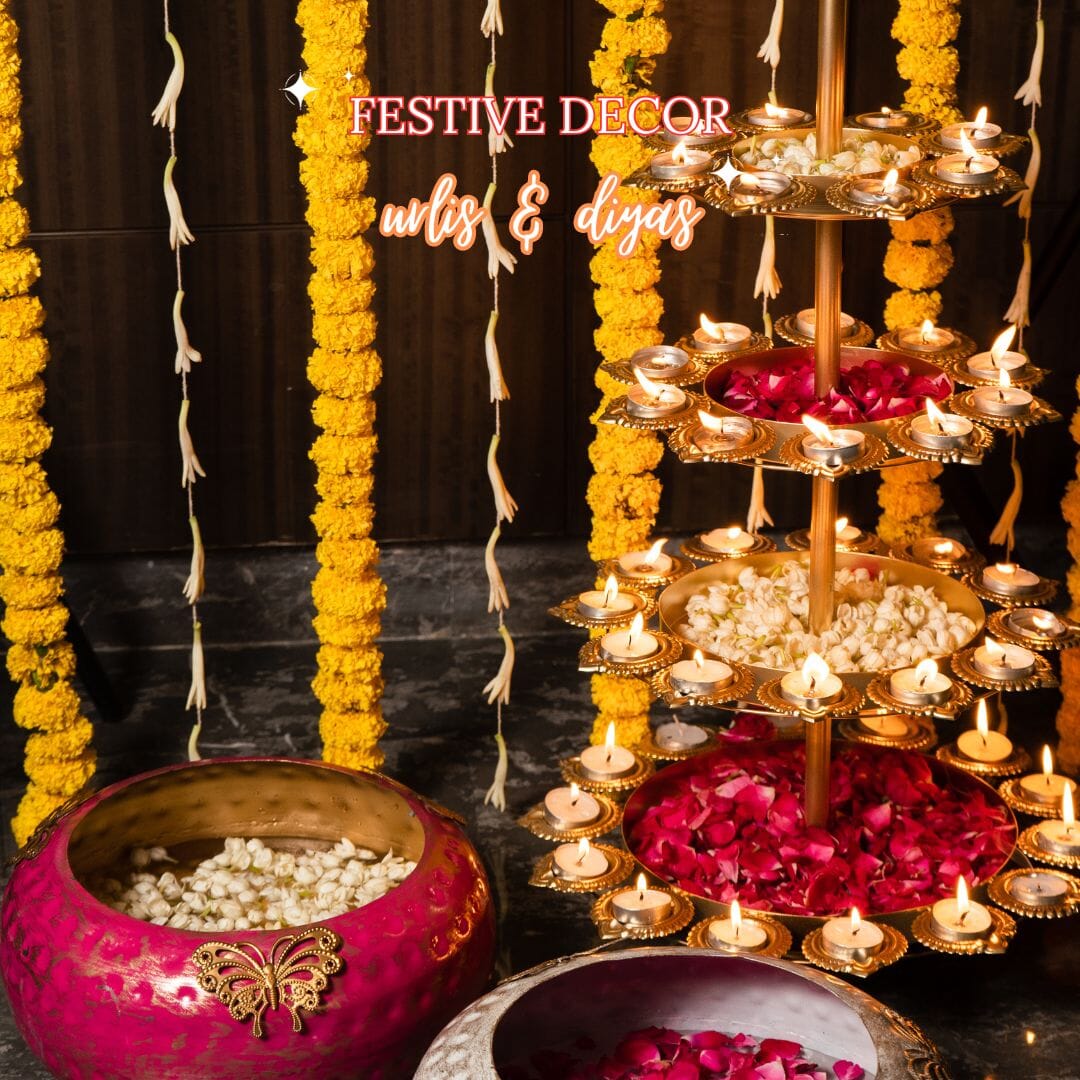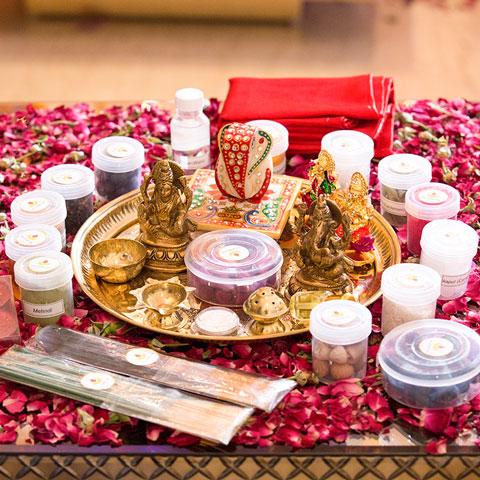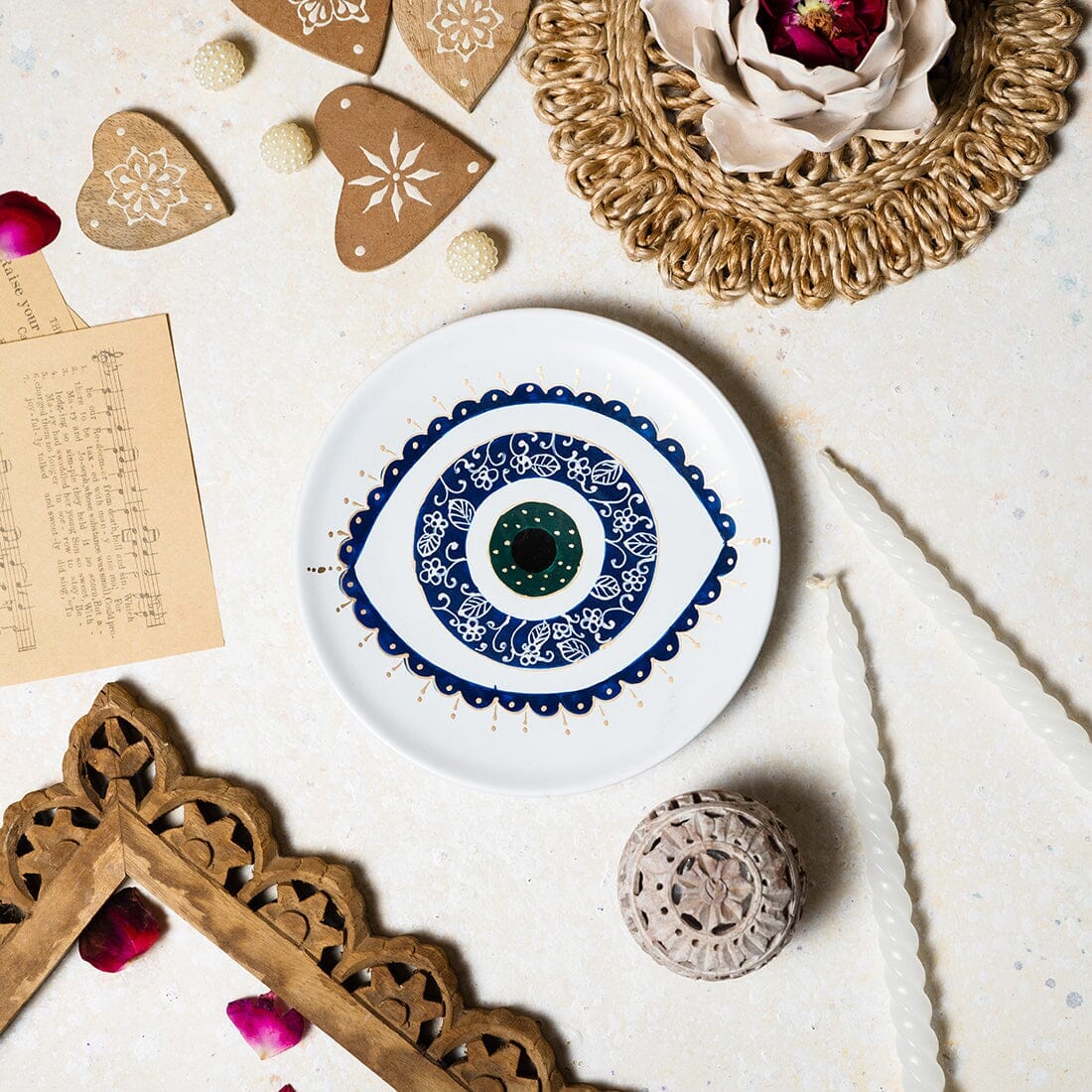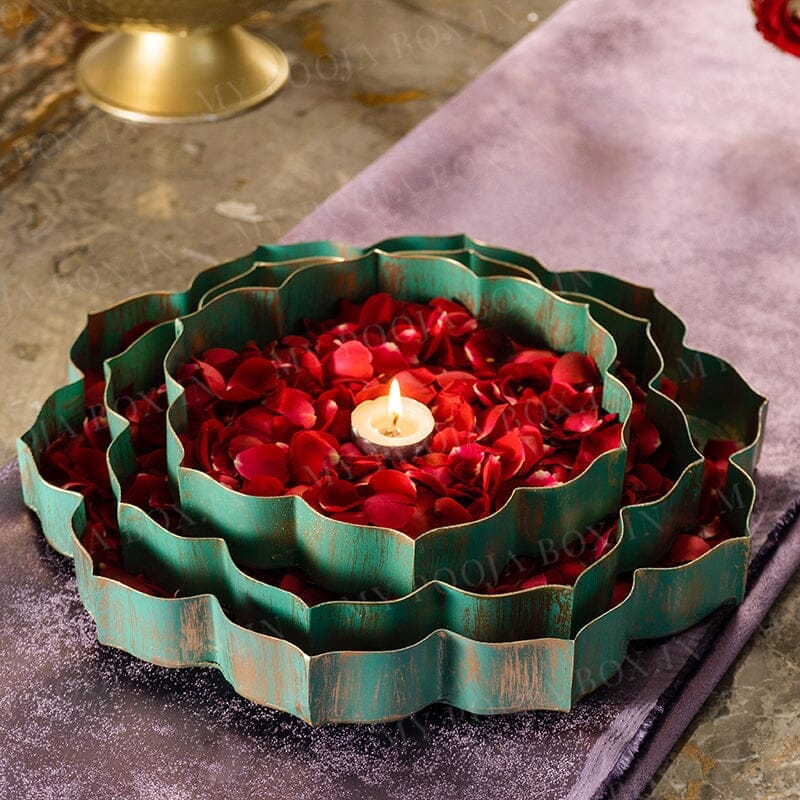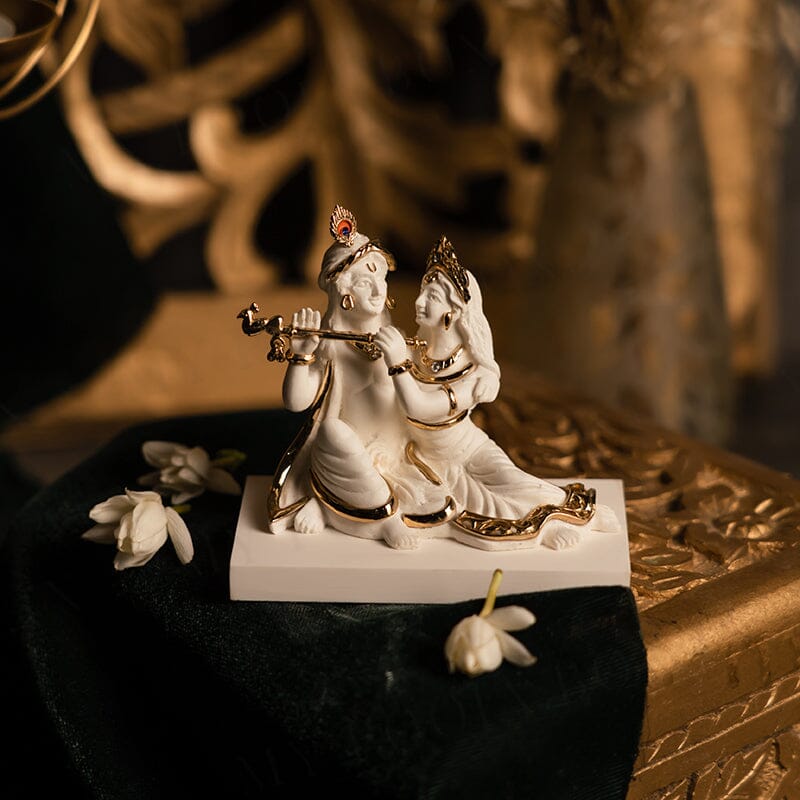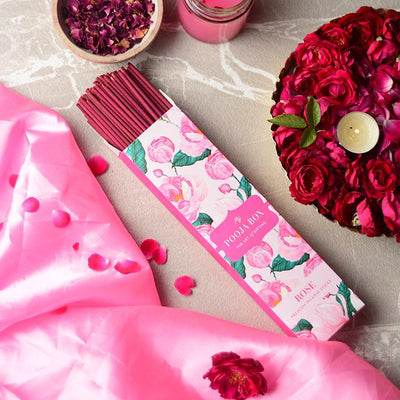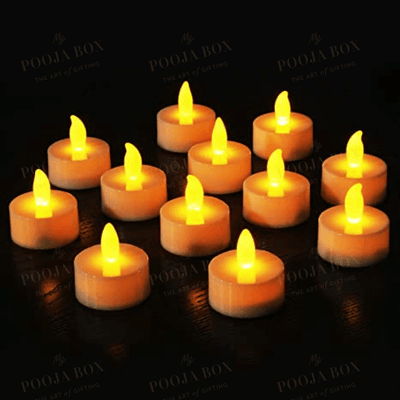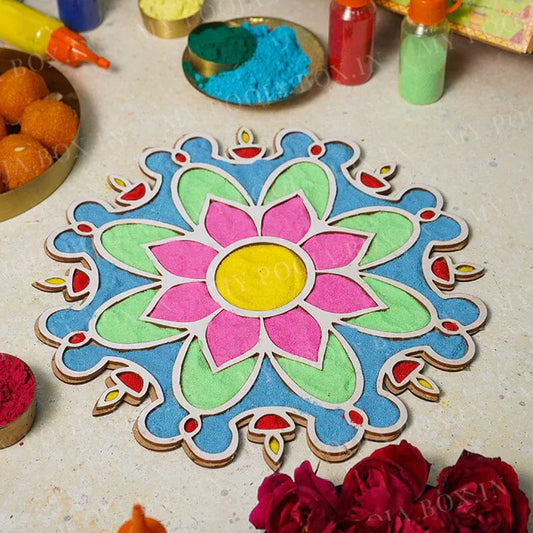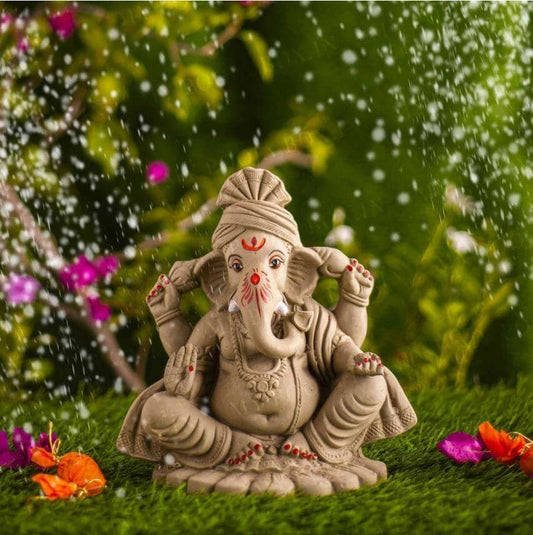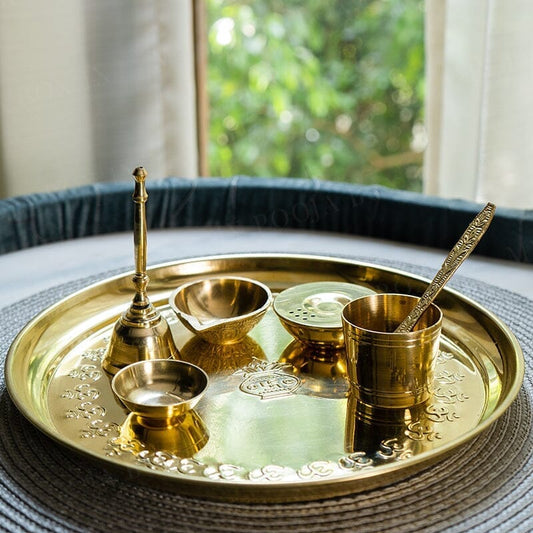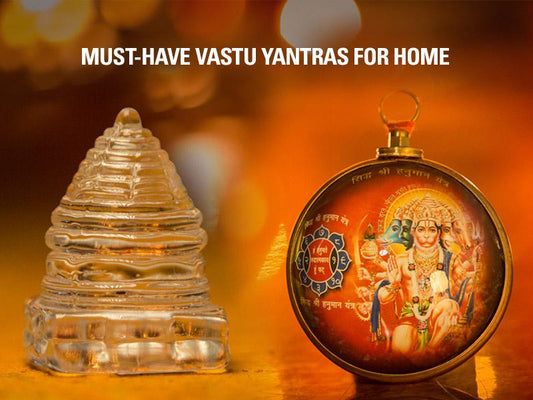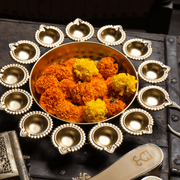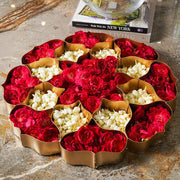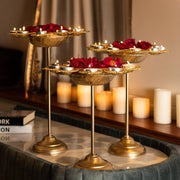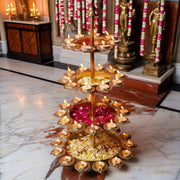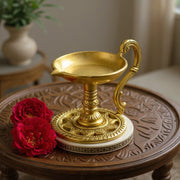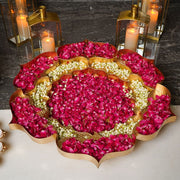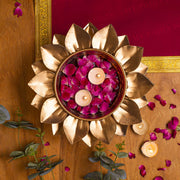Rajasthan is known for colorful fairs and festivals. Gangaur is one such festival that people over here celebrate in full spirit. Do you know ‘Gangaur’ has two words? ‘Gan’ that stands for Lord Shiva and ‘Gaur’ which symbolizes Goddess Parvati or Gauri.
As Gauri is Lord Shiva’s consort, this festival honors Goddess Parvati and rejoices the beauty of marriage. Gauri is the manifestation of Parvati. She symbolizes purity and is a perfect example of self-discipline.
Gangaur puja signifies togetherness of Lord Shiva and Parvati. Her austere dedication and meditation helped her win Shiva’s affection. It is believed that during Gangaur, She came back to Her parental home to evoke marital bliss.
On the last day of Gangor, Her loved ones gave her a grand farewell. She was escorted by Lord Shiva back to home.
When is the Gangaur Festival in 2019?
Although the festive rituals starts in March, it is going to be rejoiced on Thursday, 21 March - Monday, 8 April 2019.
Where is the festival celebrated?

Gangaur celebrations take place all over Rajasthan and it's one of the state's most important festivals. Married women worship Gauri for the good health and longevity of their husbands. Unmarried women worship her to be blessed with a good husband.
The most notable celebrations happen in Jaipur, Udaipur, Jodhpur, Jaisalmer, Bikaner, and Nathdwara (near Udaipur). In Udaipur, Gangaur coincides with the Mewar Festival, which takes place during the two days following it (21 March - 8 April 2019).
How is the festival rejoiced?
The festival is especially for women. They get dressed nicely and worship Maa Gauri for the longevity of their husband. Unmarried women worship to get a husband of their choice.
The last day is reserved for a great procession. People decorate the idols or images of Goddess Gauri and go around the cities and villages. Devotees accompany the procession to mark their devotion.
Commemoration in Jaipur

Celebration in Udaipur

Celebration in Jodhpur

The blue city rejoices this occasion with great fervor too. Women and girls get up early in the morning and dress up nicely. They sing and carry pots on their head which are filled with water and grass.
Rituals of Gangaur Puja?
Take a look at the rituals that people perform during Gangaur.
Mehndi ritual

A day before Gangor puja is celebrated the mehndi ceremony. Yes, not only weddings, but all Hindu cultural festivals include applying mehndi on hands and feet of the women. During Gangaur festival, women and girls adorn their hands and feel with beautiful mehndi designs. Commonly they use Rajasthani mehendi designs or draw the images of Sun, Moon, stars and flowers to decorate their hands and feet.
Idols and pots decoration

Devotees get the idols of Shiva and Parvati to worship during the festival. These statues are made by local artisans in wood and clay materials.
Once the idols are brought home, they are kept in a basket with flowers and grass. The wheat grass seeds are sown in traditional kunda (earthen pots). This grass is later used in adulation on the final day. All the water pots are painted in traditional designs.
Fasting

All the newly wed women observe a fast for eighteen long days during the festival. Unmarried women also fast and consume only one meal a day to showcase their devotion and find a good husband.
On the seventh day in the evening, unmarried girls carry ghudilas (Shiv Parvati idols) made of clay on their heads. A burning lamp is kept inside the idols and girls carry them around and collect small tokens of gifts and treats.
Gangaur geet
During their walk of celebration, they sing traditional gangaur geet or songs as a part of the ritual.
Last day

